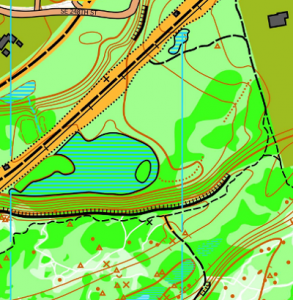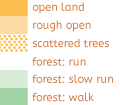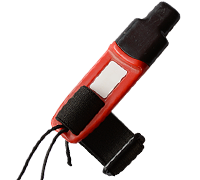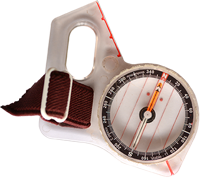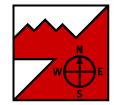2023-24 Winter League #6 – Summit Trails/Rock Creek
WINTER LEAGUE
Saturday, January 20 at Summit Trails/Rock Creek Natural Area in Maple Valley, WA
- Pre-registration is required for ALL Winter League Events. There is NO day-of-event registration.
- Public Reg will close 1/17 at 11:59 pm for this meet.
- PUBLIC start time sign-ups are here, they are open from Jan. 6th at 3 pm to Jan. 17th at 11:59 pm.
- ALL runners will be called to enter the start procedure line 8 minutes prior to their assigned/picked start time. Please be race-ready when your name is called.
- 2023-24 Start Procedures are here.
- Read the 2023-24 WIOL Rules here and the 2023-24 Public Rules here.
- Site map is here. Please park in designated parking lots.
- Start list is here
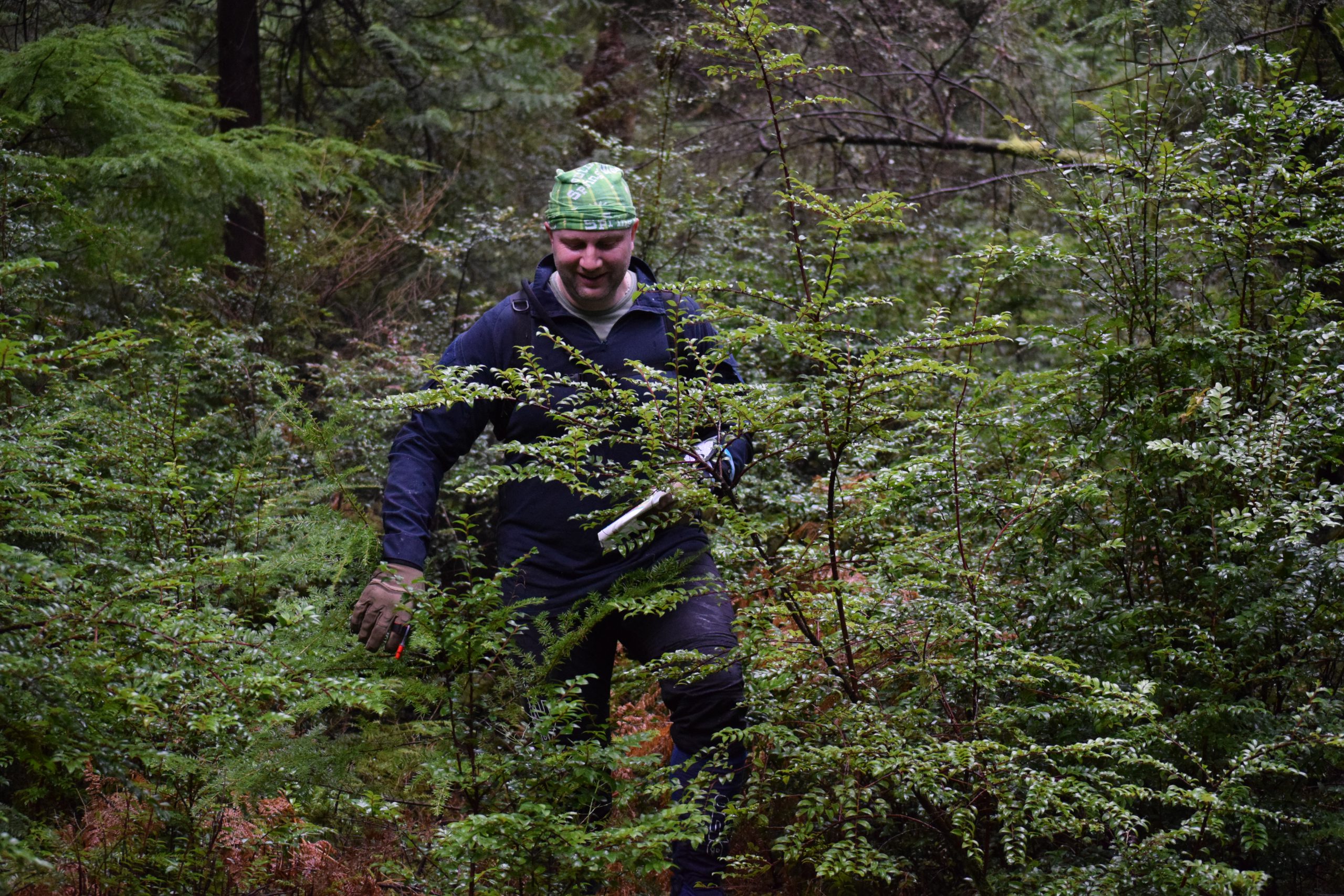
Winter League is the Pacific Northwest’s premier competitive orienteering series for all ages.
- Elementary, Middle School, High School and College students compete under the banner of the Washington Interscholastic Orienteering League (WIOL).
- Winter League public courses offer a range of categories from a competitive long advanced category to non-competitive beginner-friendly categories at every event!
COURSES
Course designer(s): Chris Cooper & Ing Uhlin
WIOL COURSES
| Course | Controls | Length | Climb |
| Elementary | 11 | 1.5 km | 10 m |
| Middle School | 11 | 2.0 km | 15 m |
| JV Rookie Female | 13 | 2.4 km | 20 m |
| JV Rookie Male | 12 | 2.3 km | 20 m |
| JV Female | 15 | 3.0 km | 25 m |
| JV Male / College JV | 13 | 3.0 km | 25 m |
| Varsity | 16 | 3.7 km | 45 m |
| College Varsity | 19 | 4.7 km | 50 m |
PUBLIC COURSES
| Course | Controls | Length | Climb |
| Beginner | 11 | 1.5 km | 10 m |
| Advanced Beginner | 13 | 2.4 km | 20 m |
| Intermediate | 15 | 3.0 km | 25 m |
| Short Advanced | 18 | 3.7 km | 30 m |
| Long Advanced | 19 | 4.7 km | 50 m |
How are courses measured?
Courses are measured as the crow flies, in a direct line from control to control. Unless you have wings, you will travel farther than this distance! Courses are measured in kilometers, so a good rule of thumb is to simply round up to miles to estimate how far you will go. So in a 5 kilometer race, you’ll likely travel up to 5 miles.
COURSE NOTES
Welcome back to another rousing rendition of orienteering in Maple Valley! As in past years, the courses will take all but elementary runners off trail. While nearly all will navigate through the forest, the trails may be your best bet for traveling long distances between controls. Choosing a good attack point from which to leave the trail, collecting features along your route, and staying in close contact with the map will be critical.
None of the courses’ controls are intentionally hidden but knowing which side of the feature the control is located will help determine your angle of approach. Knowing your control code symbols and evaluating the control location before you set out on your next leg will help reduce the amount of time you spend wandering around in the forest.
The leg on the Elementary/Beginner course from control 1 to control 2 will be marked with pin flags.
Deer trails used in past races have become slightly more challenging to navigate. Downed trees and encroaching vine maples have made some of these forested passages challenging to traverse. In these areas, you will need to navigate around the obstruction and through the surrounding vegetation to rejoin the trail on the other side. Since these impediments are random and constantly changing, they are not marked on the map.
Whether you are departing the trail or navigating through the forest, verifying your direction of travel will be critical. If you do not know how to use your compass, we highly recommend you learn now. There will also be a small compass course set up in the field north of the parking lot to practice your skills before the race.
The trails of Summit Trails are also used by equestrians. When encountering horses, please move to the side of the trail and call out to the riders. Make reasonable efforts not to spook the horses and announce your presence to riders as the horse approaches.
Lastly, both deer and hiking trails within the Summit Trails venue are lined with blackberries and nettles. We strongly recommend pants and long-sleeved shirts. Please do not underestimate the amount of damage the vegetation can do to bare legs. Wear pants!!!
Have fun and enjoy the courses.
-Chris & Ing
MAP NOTES:
Summit Trails Middle School is surrounded by over 300 acres of forest land dedicated to King County Parks after a history of railroad and logging use. The park area is known by many names depending on where in the complex you are: Danville-Georgetown Open Space, Rock Creek Natural Area, or Summit Trails Middle School private land. Over 14 miles of trails exist, and are primarily used and upkept by The Backcountry Horsemen of Washington. Additionally, the area is home to herds of elk and deer, spotted owl and many other wildlife. It is highly likely you will encounter some of these while on the property. This past and present history has shaped the landscape in the park.
Much of the vegetation in the forest is thick with vegetation. However, due to the extensive elk and deer herd that call this area home, a vast network of elk trails exist and most have been accurately mapped within the last year. These elk paths are represented by white stripes on the map, meaning it is not a maintained trail, and subject to natures adjustment should it occur. Typically, very dense vegetation is flanked by runnable deer trail because the deer do just what a human would…avoid the dense stuff. This creates the beaten down wandering paths you see on the map. Since the herd is so prevalent, the animal paths are more robust than usual forest.
This area was logged in the not-too-distant past. As a result, many stumps were left behind to rot. There are thousands of them. Most of these stumps have degenerated into a half knoll, half stump concoction. In these situations, it is always mapped as a knoll. The only stumps mapped at Summit Trails are very large: at least 2 m in height and 1.5 m in width. These are undeniable stumps. On the map, these are marked with a brown X.
Rootstocks greater than 1m and visible from all directions are mapped with a brown triangle.
Flowing from south to north on the left side of the map is “Rock Creek”. This creek can be traversed anytime of year, but does flow fast in winter and spring. However, there are certain places where there are logs that span across the creek, and getting on and off the log on either side is quite easy. These are marked on the map with crossing point symbols. It is highly recommended you cross at these points should you find the need to cross the creek unless you don’t mind getting wet. There are other places that logs span the creek besides these points, however, either thick vegetation or dangerous approach on and off the log makes it undesirable. These difficult log crossings were not inserted on the map as crossing points.
There are a few linear contour features that can be useful when navigating off the trails in the park. Almost all of the hills are fairly straight. Often times this is coupled with good elk trails that can make for decent shortcuts if you have the courage. Careful though, because it is very easy to get lost in the dense vegetation and relocating becomes very difficult in these non-descript trails. Vegetation navigation is much more tricky than it might seem!
Lastly, it is recommended you wear pants! You will be presented with many off-trail checkpoints at this venue, testing your use of contours as handrails, compass for maintaining direction in flat areas, pace counting for distance estimation, and finding oneness with the elk as you bash through the brush.
– John Brady
SCHEDULE
This event is Pre-Registration Only.
Schedule:
8:30 am PreRace Training Begins
9 am – Info Tent and Newcomer Instruction Opens
9:38 am – Start process begins
9:46 am – First start
12:30 pm – Last Start
2:30 pm – Course Closure
Why is there a start window?
This event uses an interval start, meaning participants are started in waves instead of all at once. Winter League uses an expanded National Meet style start. You will be called to the first start tent 8 minutes prior to your assigned/picked start time. You will proceed through a series of start tents where you will verify your epunch and course, drop your coat, receive short essential course notes, get your control description sheets, clear and check, and receive your map. Please be race ready when your name is called.
PRICES
PRE-REGISTRATION PRICES
$22 base price
– subtract $5 for CascadeOC members
– subtract $5 for using your own e-punch
Participating as a group? Just $5 for each additional adult (16+) group
member, no cost for additional minors.
What’s an e-punch?
An e-punch records your race. At each control, you’ll dip the e-punch into an electronic box, which will beep and flash as confirmation. After you finish, you’ll download the e-punch at the download tent and get a receipt that show which controls you visited and how long you took between each; these are your “splits.”
Part of the fun of orienteering is comparing your splits with people who completed the same course, and discussing the routes you took!
SIGN UP
There is no Day-of-Event registration. Pre-registration will close Wednesday 1/17/2024 at 11:59:00 PM.
Remember to also sign up for a start time for public runners here. Start time sign-ups for WL #6 will be open from Jan. 6th at 3 pm to Jan. 17th at 11:59 pm.
LOCATION
PARKING
Parking is free and will be in specified lots at Summit Trail Middle School. Please see the site plan here for which parking lots we have permission to park in.
CARPOOL
Looking for a carpool? Join the club email group and share your request to find a ride.
THE MAP
Summit Trails/Rock Creek Natural Area is part of the larger Danville-Georgetown Open Space. This moderately flat area has numerous contour and vegetation features, such as stumps, rootstocks, depressions, and knolls. Passage through the trees is often possible using faint elk trails. Adjacent to Summit Trail Middle School.
Read more on the map pageSAFETY & ETIQUETTE
Return to the Finish
All participants MUST return to the finish and download their e-punch or turn in their punch card.
Even if you have not finished your course, you must still return to the the finish and confirm with event staff that you have returned safely.
Out of Bounds
Some areas may be marked out of bounds. It is imperative to respect these boundaries to maintain our relationships with land managers. Participants MUST NOT go out of bounds. Any participant caught going out of bounds will be disqualified.
Course Closure
All participants MUST return to the finish by course closure time. If a participant does not return by course closure, event volunteers will begin coordinating a search party.
If you need a long time on the course, start as early in the start window as possible, wear a watch, and be prepared to cut your course short to make it back by the course closure time.
Whistle
All participants MUST carry a whistle on the course. Complimentary whistles are available at the start tent (please only take one).
If you are injured on the course and need assistance, blow three long blasts to call for help.
If you hear a call for help, abandon your course to find the person in distress.
Voices
Part of the fun and fairness of orienteering is navigating your own course, so please be polite when you find a checkpoint and don’t holler that you’ve found it.

